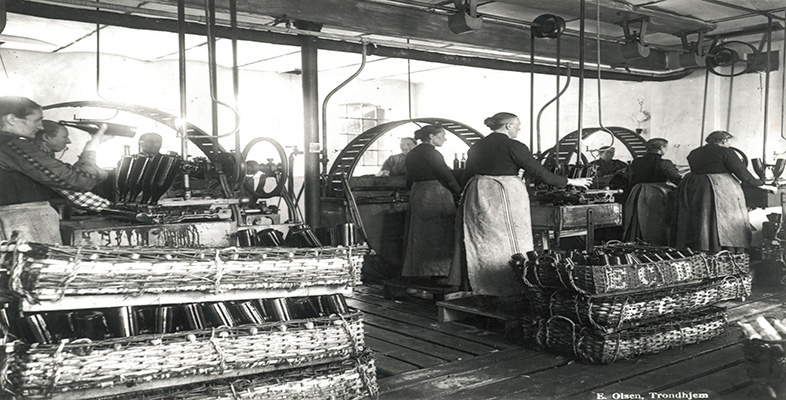Exploring interwar Berlin
In order to get a sense of the change and continuity present in the modern metropolis, as well as the tensions created by the sense of modernity, let’s take a look at one city in more detail: Berlin.
Although Berlin was not necessarily representative of other European cities, contemporaries often wrote that that the city was representative of the experience of modernity. In the early twentieth century, Berlin had only recently emerged as a major European city. Prussian power in the process of unification had ensured that Berlin became the new German capital after 1871, and this, combined with rapid industrialisation, meant that the city already had a modern look and feel before the outbreak of the First World War. Its population had also begun to grow: it more than doubled between 1910 and 1930. Moreover, the Greater Berlin Act of 1920 recognised the sheer physical expansion of the city as a number of outlying ‘towns’ and other communities now surrounded by the urban spread were officially incorporated into the city. However, it was during the interwar years, under the shadow of defeat and the instability of the democratic experiment that Berliners experienced modernity most intensely. This modernity was viewed both positively and negatively by different groups, within and outside Germany: for some the new attractions of the city were exciting and liberating, but for others the city’s modernity was horrific, and Berlin became a symbol of modern decay.
In the following activity you will explore a map of the U-bahn system as it operated in Berlin in 1930. The ‘Untergrundbahn’ or ‘U-bahn’ was in fact an invention of the period before the First World War. Its construction began in 1897, some three decades after the London Underground but around the same time as the Parisian Métro. By the outbreak of war two lines had already opened: U1, connecting the east of the city with the west, and U2, connecting the north with the west. However the interwar years witnessed the great expansion of this network, as both U1 and U2 were extended and new lines were constructed, making journeys within the city easier, and providing more transport options for those commuting from the suburbs. (If you are particularly interested in the development of the U-Bahn network, and its relationship to other transit systems in Berlin, such as the Stadt-bahn, or S-bahn, you can take a look at the historic maps on this German transport website [Tip: hold Ctrl and click a link to open it in a new tab. (Hide tip)] .)
The U-bahn map gives you the opportunity to take a short tour of the main attractions of Weimar Berlin. I have selected three stations for you to visit in order to give you a sense of the experience of modernity in the city. At some stations, you will be ‘free to roam’, by watching footage of the city from the period (namely, from Walter Ruttman’s film, Berlin: Die Sinphonie der Grosstadt, 1927); at other stations, you will be joined by Matt Frei who will offer a guided tour. Your visit to each station will also be accompanied by a short activity – you might be asked questions on the film you have just watched, or you may be asked to read a primary source document.
Your first stop will be Potsdamer Platz.
